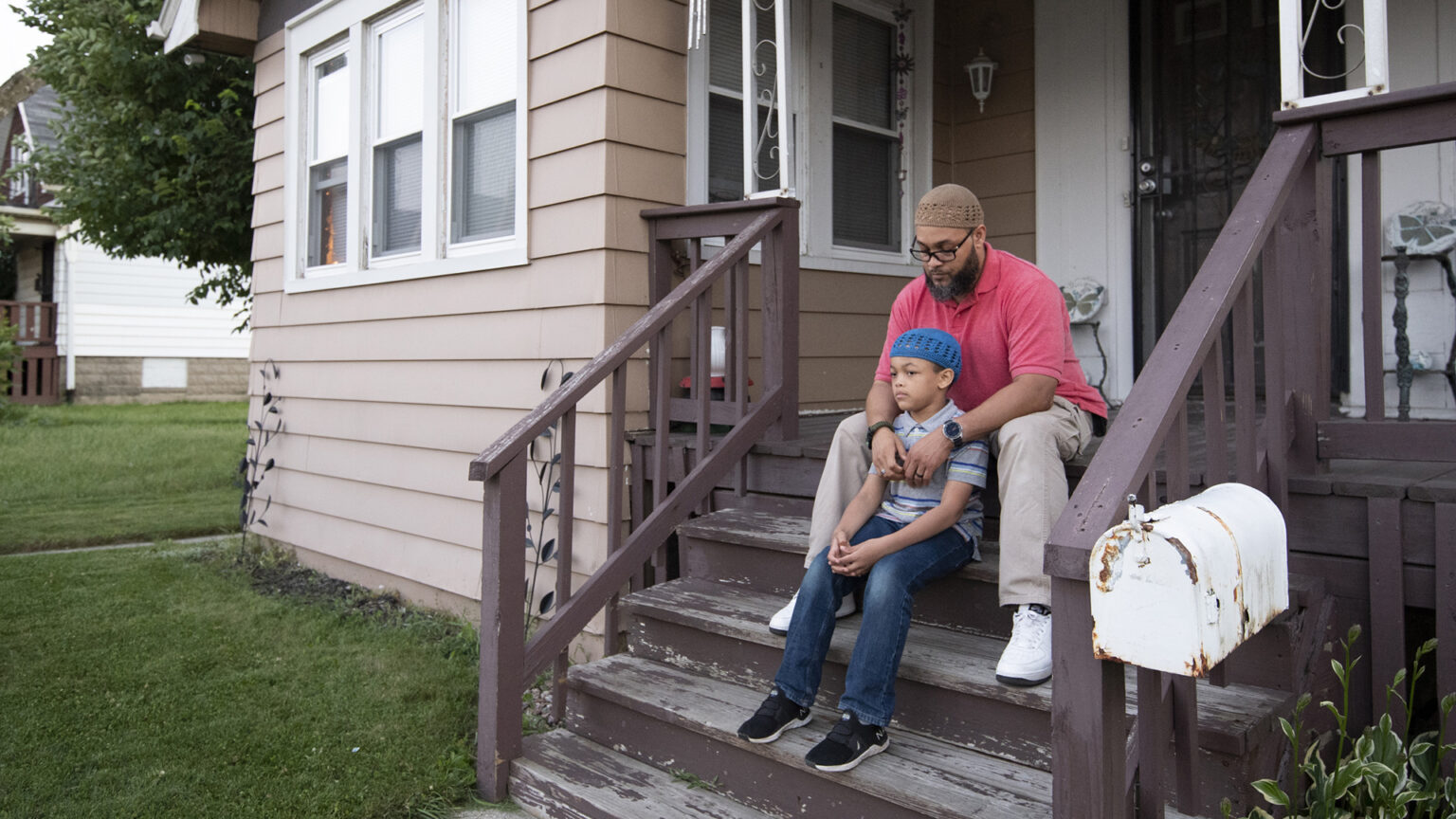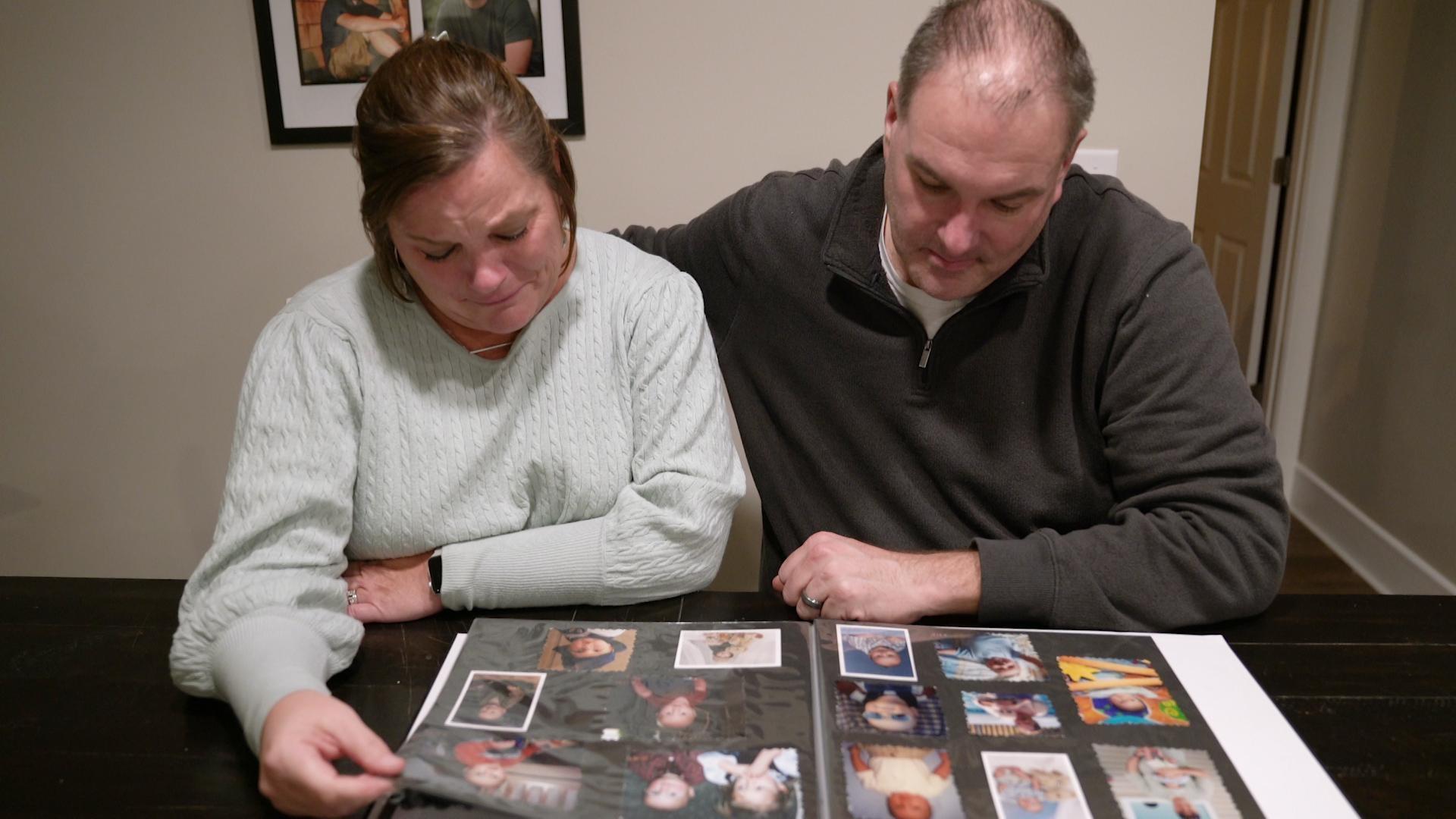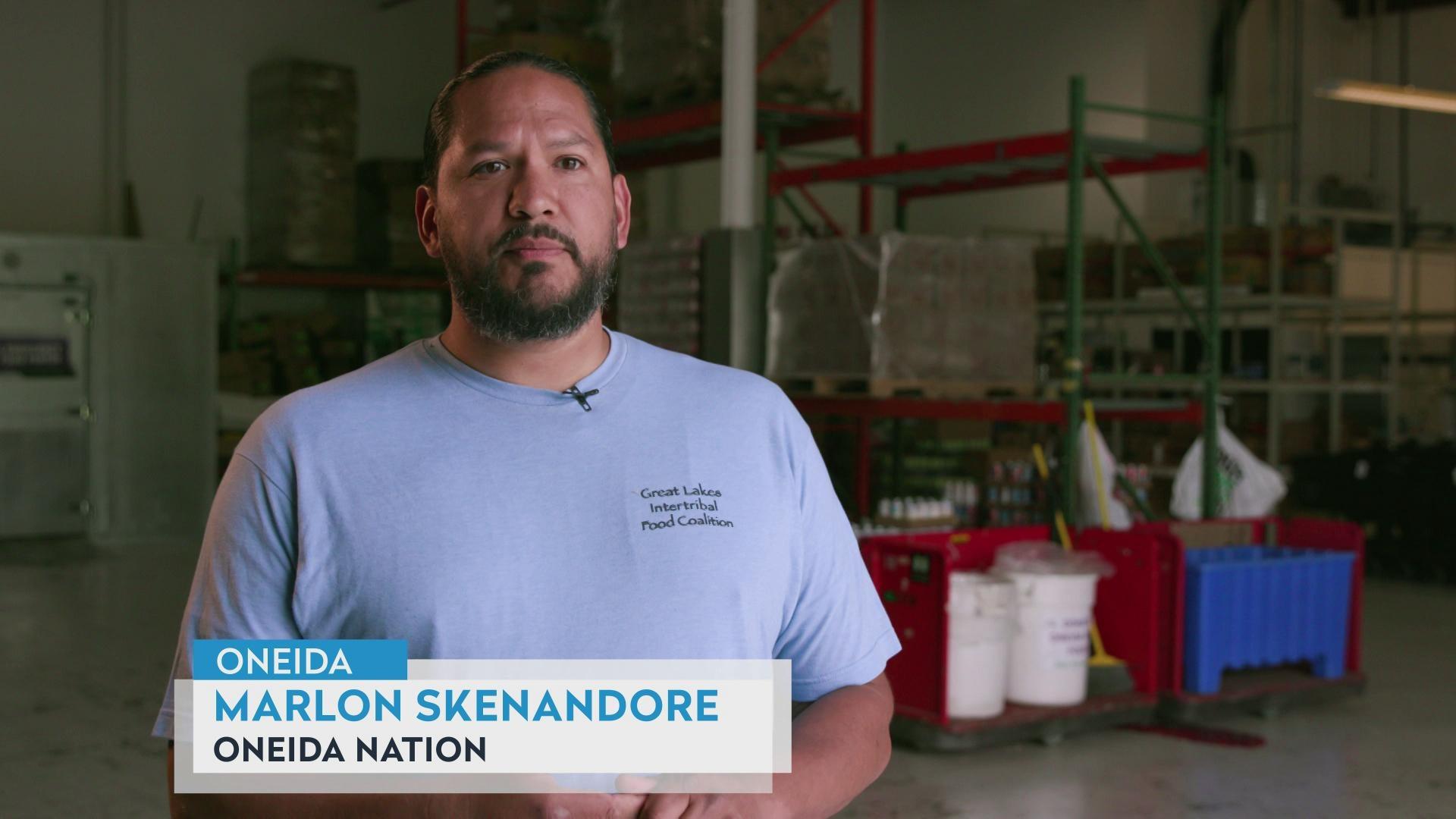What to Know If You're Worried About Lead Poisoning in Wisconsin
Testing and finding sources of lead exposure are top priorities in assessing the risk of poisoning from lead in paint and water.
Wisconsin Watch
September 9, 2021

Nazir Al-Mujaahid, top, and his son Shu'aib, 9, sit on the front steps of their Milwaukee rental home on July 1, 2021. In 2017, a test detected 11.4 micrograms per deciliter in Shu'aib's blood, which prompted the Milwaukee Health Department to warn the family in a letter that Shu'aib was lead poisoned. It wasn't the first time that Shu'aib tested positive for lead poisoning. A 2014 test had flagged 6.4 micrograms per deciliter of lead in Shu'aib's blood. No immediate follow up tests were scheduled, and Al-Mujaahid said he wasn't notified. (Credit: Isaac Wasserman / Wisconsin Watch)

By Diana Butsko, Wisconsin Watch
Test your child and yourself — especially if you are pregnant.
No level of lead is considered safe. Young children are particularly vulnerable to lead and may face higher levels of exposure because they often put their hands or other objects in their mouths, including paint chips. But drinking water can make up 20% of a person’s total exposure to lead, according to the U.S. Environmental Protection Agency — or up to 60% for infants consuming mostly mixed formula. Children with elevated lead levels do not typically act sick, meaning blood tests are the only way to confirm a problem.
Adults can be lead poisoned, too. Lead is a particular concern for pregnant women because exposure could harm a developing fetus. If your child has elevated lead levels, get yourself tested, too.
Most insurance plans cover lead testing. You may be asked to have a second test if the first one shows high lead levels.
How often and when to test? Where you live matters.
The Wisconsin Department of Health Services recommends universal testing for children living in Milwaukee or Racine due to the high proportion of old, potentially hazardous housing in those communities. Those children should be tested at least three times before age 3 — at 1 year, 18 months and 2 years. Children ages 3 to 5 years should be tested annually if they meet at least one of the following criteria: they live in a home built before 1950 or one built before 1978 with recent or ongoing renovations; they have a sibling or playmate with lead poisoning; they are enrolled in the Medicaid or the Women, Infants and Children Nutrition Program or are uninsured; they have no record of a prior test.
Health care providers should weigh the above criteria when considering whether a child living outside of Milwaukee or Racine should be tested around ages 1 and 2 years, or between ages 3 and 6 years, indicates the Department of Health Services. Find more details here.
Find and remove sources of lead exposure.
If you or your child register elevated blood lead levels, find and remove the source of lead exposure.
The state mandates investigations and case management services for children only when one venous blood test detects at least 20 micrograms per deciliter of lead — or if two tests conducted at least 90 days apart find lead at 15 micrograms per deciliter. That’s higher than the 5-microgram threshold that the state defines as poisoning. Whether a local health department will intervene for lower levels of lead poisoning depends on their caseload and resources, according to the Department of Health Services.
Even without a formal investigation, you can seek repairs to an aging home, including by removing any lead-based paint. To limit the risk of tracking lead-tainted soil or dust into a home, remove your shoes before entering.
Wisconsin’s Lead-Safe Homes Program helps qualifying families repair their homes to make them lead-safe. More information is available here.
The Milwaukee Health Department offers tips for lead-safe home renovations here.
The department also provides free drinking water filter starter kits to Milwaukee families that meet certain criteria, which you can find here. Additionally, you can find drinking water filters certified to remove lead — look for NSF/ANSI Standard 53 — at hardware and home goods stores and online.
See this previous Wisconsin Watch story for additional tips on limiting lead risks from drinking water.
Diets matter.
Foods high in calcium, iron and vitamin C may help limit lead absorption in the body, according to the U.S. Department of Agriculture.
 Passport
Passport











Follow Us